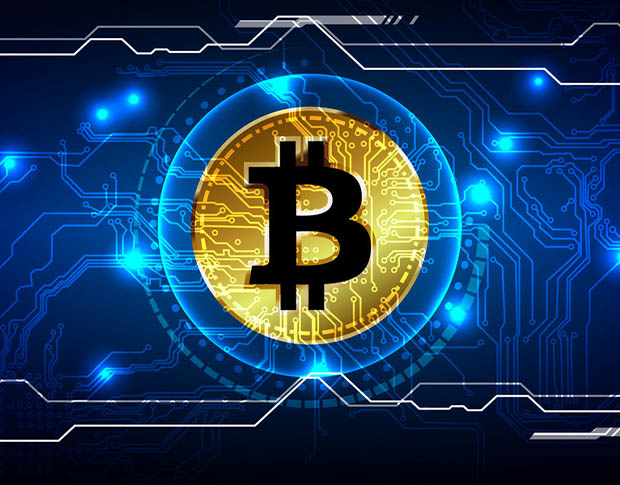Why digital crypto assets are gaining momentum
If anyone wants to understand and decode money, it is at the end of the day entries on a ledger. Blockchain technology is today’s version of that ledger. Blockchain is a distributed ledger with encryption keeping its data safe. It allows us to package or create digital assets. Not only this but the rights and access to those assets can be programmed too. We can now securely trade digital things or even parts of them as digital assets.
These assets ca nee virtual renditions of physical objects or other digital objects or at times the combination of the two. This is what we call tokenization.
The earliest example of these tokens is crypto kicks. Nike was awarded a patent for something called the crypto kicks. The patent reads. ‘as a consumer buys a genuine pair of Nike shoes, a digital representation of the shoe may be generated link to the consumer assigned a cryptographic token and together the cryptographic token along with the digital show represent a crypto kick. When the shoes are sold the ownership can be transferred by transferring the digital asset and/or the real shoe. These digital assets can be stored in a digital locker. Another example is crypto kitties. These are collectible virtual cats that one can breed and sell. This was the first instant of blockchain-based digital art on peer-to-peer exchange.
Who are the people buying these digital assets and what do they do with them? The answer to this might best be answered by video gamers around the world. The video game virtual goods market is around $50 billion in growing. The highest ever digital asset that was sold was a virtual planet for a low price of $6 million. Even players with poor stats can garner respect from their peers if their virtual gaming character is dressed in the right skin.
But can digital assets solve some of the world’s most pressing problems? The answer is Plastic Bank. This company wanted to solve 8 million tonnes of plastic entering our oceans every year. The developed a blockchain based token reward system that monetises plastic waste and tracks transactions at a micro-level. As these transactions add up to credits, the waste collectors in the world’s poorest countries can use these credits to earn valuable services like tuition, medical insurance, or electricity.
As blockchain enables a more secure, trustworthy, and efficient way to transfer value we are now entering an era of decentralized finance. If trust is the currency of this new technology then the digital tokenized assets are its new class of assets. These assets are transforming the internet from the land of information to the land of value. Trading tokenized assets on global marketplaces is the future of commerce. The possibilities are endless and exciting.

